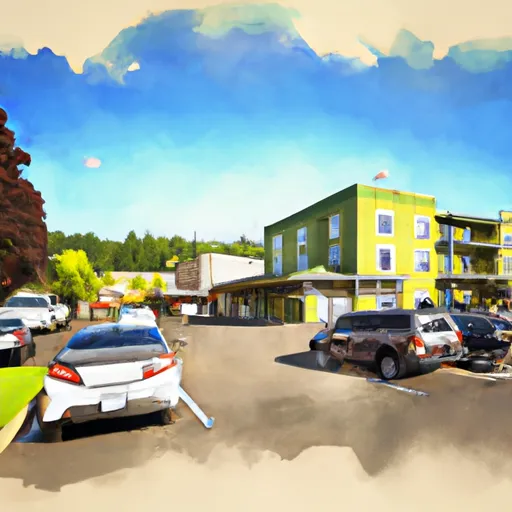°F
°F
mph
Windspeed
%
Humidity











Boring, Oregon is a small rural town located in Clackamas County. The climate is mild, with warm summers and cool, wet winters. The area is characterized by rolling hills, forests, and farmland. Hydrologically, the primary constituents are the Sandy River and its tributaries, which provide important habitat for salmon and freshwater species. Outdoor recreation opportunities in the area include hiking, fishing, and camping in nearby Mount Hood National Forest. The town also hosts an annual Boring & Dull Day Festival, which celebrates its unique name and highlights local businesses and community events.
Weather Forecast
Boring receives approximately 1584mm of rain per year, with humidity levels near 68% and air temperatures averaging around 11°C. Boring has a plant hardyness factor of 8, meaning plants and agriculture in this region tend to thrive here all year round.
Regional Streamflow Levels
74
Cubic Feet Per Second
1,700
Cubic Feet Per Second
742
Cubic Feet Per Second
8,470
Cubic Feet Per Second
Nearby Camping
| Camping Area | Reservations | Toilets | Showers |
|---|---|---|---|
| Oxbow Regional Park | |||
| Lazy Bend | |||
| Barton Park | |||
| McIver State Park | |||
| Cold Creek- State Forest | |||
| Battle Ground Lake State Park |



